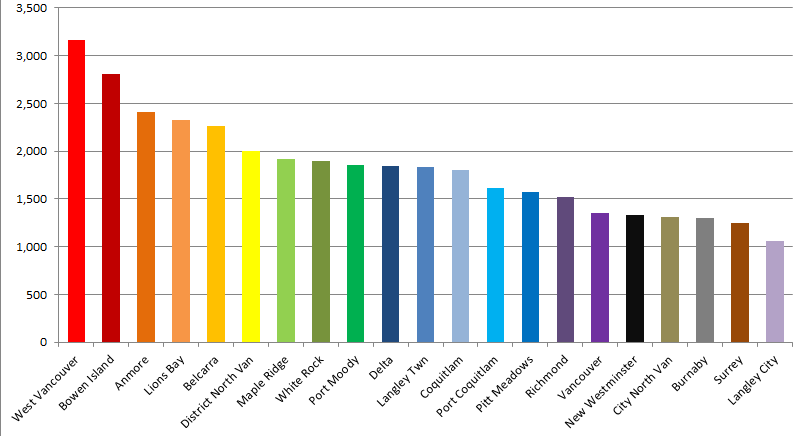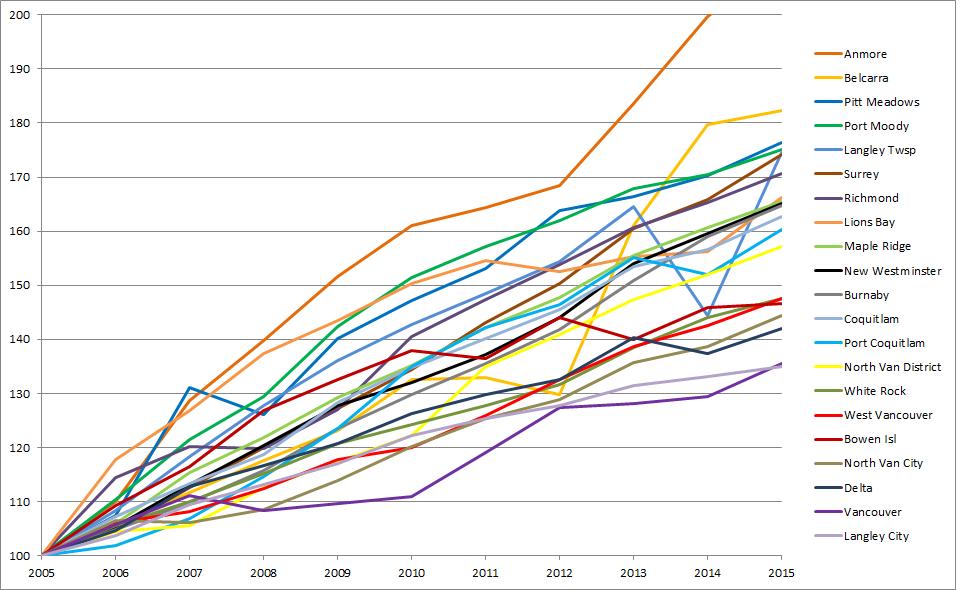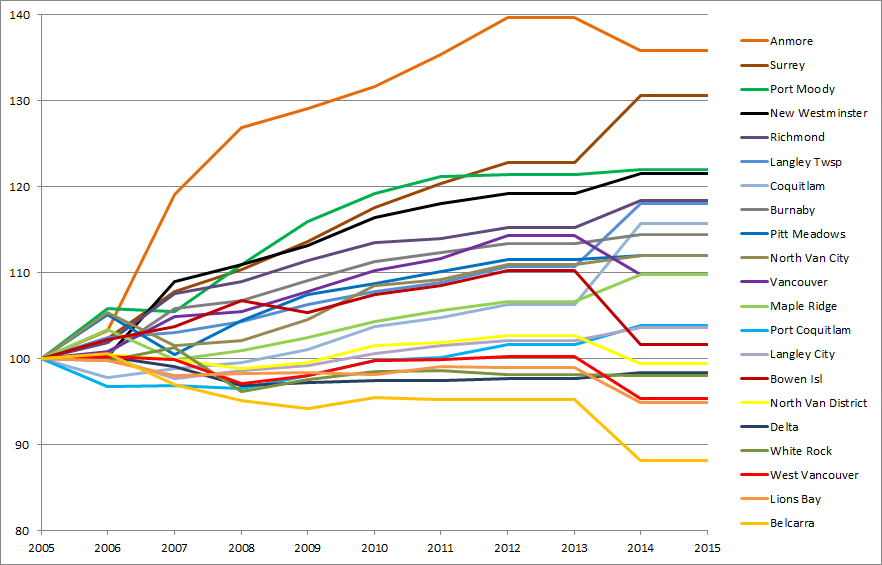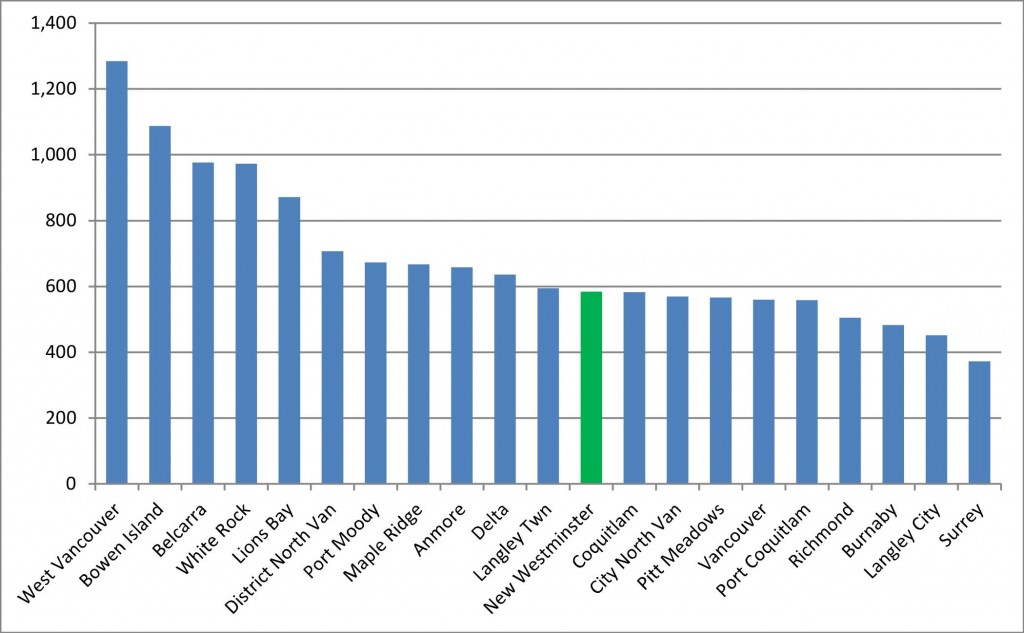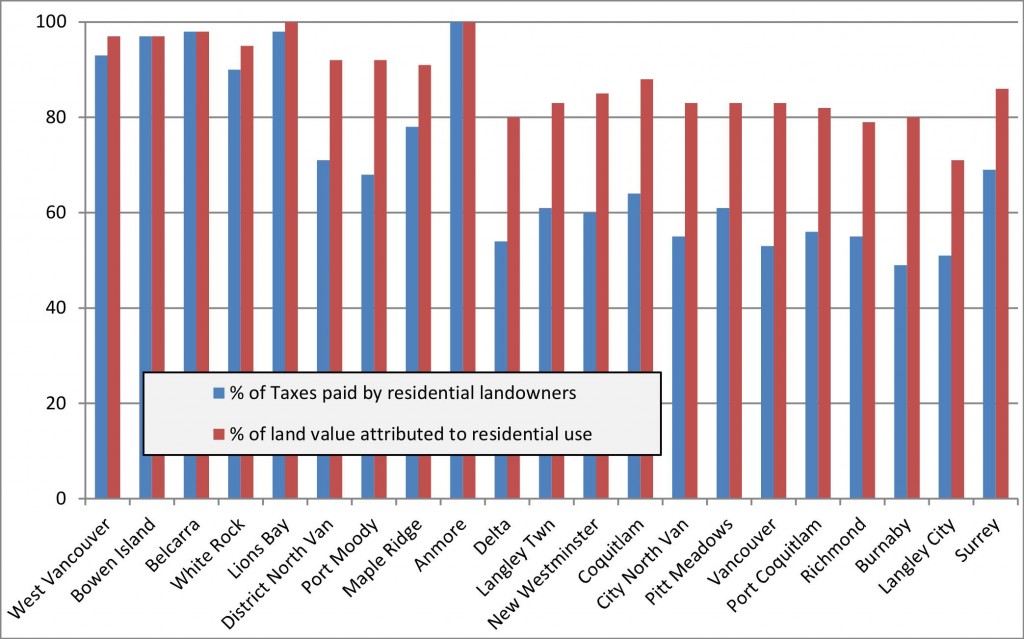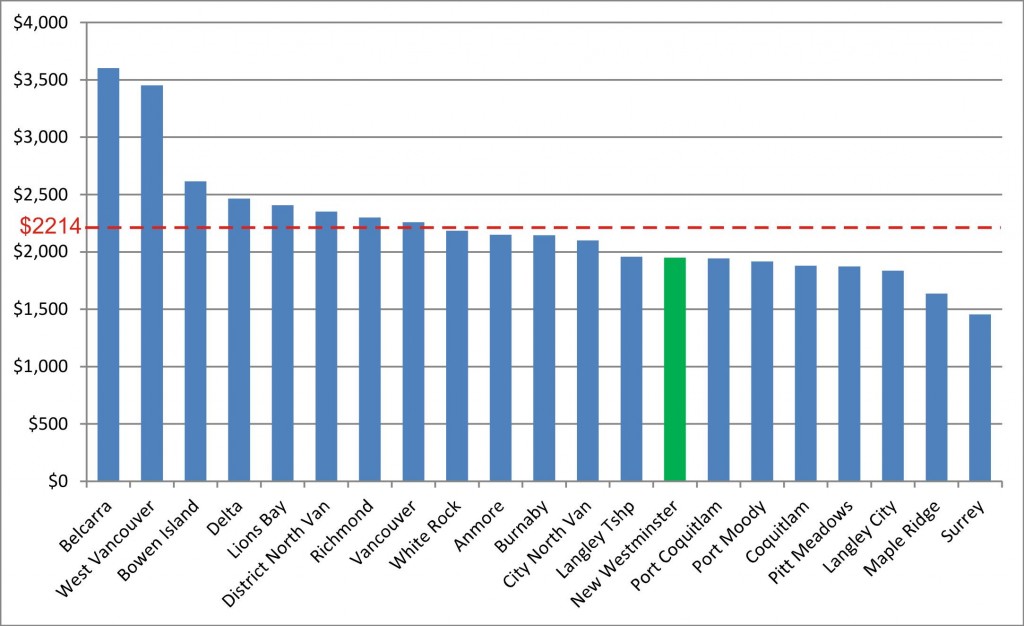This is a really important story that is well reported, with a timeline that tells you more in one graphic about the history of FalconGates and Translink’s alleged incompetence in rolling out the program than you will read in a year of PostMedia whinging.
From day one, this program was doomed to the embarrassing failures we are now experiencing, and TransLink knew the disaster was in the making. However, provincial interference in the operation of what they often claim to be an arms-length organization, fueled in part by a media unable (unwilling?) to understand the problem, led us down this path. Perhaps it is time those people stop pretending to be so shocked.
It is telling that a report from way back in 2005 on “controlled access” to stations starts by stating:
Over the past several years, the public and media have maintained a strong interest in implementing “controlled access” stations on SkyTrain as a potential means to deter crime and to reduce fare evasion on the rapid transit system.
Indeed, that study showed that the public perception, fueled by media reports speculation, was that 27% of people on SkyTrain pay no or insufficient fare, when the actual number was about 5%. This perception was in part linked to a measureable shift by ridership away from single tickets and faresavers towards monthly passes and U-Pass, where the “payment” action was less visible. Ironically, this shift actually resulted in a reduction in fare evasion, as people carrying monthly passes are not going to “forget” to pay for “just this one ride”, or otherwise self-justify not paying a zone change, etc. The logical response (with a defensible business case) was to step up visible enforcement and other measures to increase the perceived security of the system, including introducing expanded Transit Police service.
Back in 2005, the Smart Card model was assessed, which brought these telling and somewhat prescient quotes:
Smart Cards can also help to improve public perception of fare evasion on SkyTrain by implementing procedures such that all customers are required to “tag” their smart card upon entering a station. This will result in some level of inconvenience for pass holders, but would help to address the incorrect perception that prepaid fare holders are fare evaders.
This [Fare Gate] approach also assumes that there would be a booth or similar location at every station entrance/gate array staffed by a gate attendant. Faregate attendants would monitor gate operations, and also allow customers to bypass the gate if they had mobility impairments, excess luggage, a ticket that could not be electronically read (e.g. a promotional pass), or some other condition that prevented them from using the gate. [my emphasis]
That’s right, TransLink staff knew, and warned their Board in 2005, that there would need to be attendants on site to help people with mobility issues manage FareGates if installed. The estimate at the time was that this would require, for all the three transit lines post Canada-line introduction, 387 Full Time Equivalents.
Almost 400 staff. No wonder the business case was sketchy, and an alternate approach to improving the (I have to keep emphasizing this word) perceived security issue was to hire less than half that number of increased security staff, not the least because this would increase actual security, not just the perception of security.
The financial analysis in 2005 dollars was $32Million per year for operational and maintenance of the FareGates, extra staff, and annualized capital costs of the system, with an expected fare evasion reduction equal to about $3Million per year. Naturally, the TransLink Board said no. One would have to be insane to do it.
In the former Minister’s defense, he was being lobbied by the Former Deputy Premier (his former boss) on behalf of the company that eventually sold TransLink what T like to call FalconGates. These are, perhaps coincidentally, the exact technology pictured on Page 23 of the 2005 Report that deemed the system uneconomic. This company, Cubic, convinced the Minister that their system was great, and would be up and running by 2010. This advice from his former Deputy was good enough for the Premier, despite TransLink continuing to reiterate that this was not going to be economical or practical to introduce.
This makes the recent questions over whether TransLink is making its own decision or is being run directly by Victoria seem rather late and academic, doesn’t it?
By the end of 2010, the defence contractor for whom the former Deputy Premier was lobbying unsurprisingly won the contract to install the FalconGates. The program had expanded somewhat to include the incredibly complex Smart Card system already discussed, and the budget expansion by 70% was neither the first nor the last time the business case got worse than hen it was first rejected. Cubic’s history of these systems was spotty (three years delay and significant usability issues in Minneapolis, two years delay and compatibility issues with the PATH SmartLink, operational and security issues in Brisbane), but these types of growing pains should not really be surprising for what is a pretty advanced and emerging technology. These examples should only have served as warning to everyone from the CAO of TransLink to Jordan Bateman that Compass and FareGate introduction was going to be a bumpy process, and there is no evidence anyone else could have done it better.
(For the purposes of this post, I am going to set aside the inside-government-lobbying-and-late-delivery model Cubic demonstrated in Sydney with the Opal Card which is at least as sad as here in British Columbia. That was military-grade bad procurement you need to read to believe).
This takes me to last Saturday afternoon when I hopped on the Skytrain and ran into a friend of mine with severe mobility restrictions (motorized chair, very limited manual dexterity). He was rather pragmatic about the situation, and recognized the FalconGate system was going to be problematic from Day 1. However, he also pointed out that there are many other accessibility issues in the system that are more problematic than requiring attendant help with Compass. To be frank, he was much more concerned about the cutting off of disabled transit pass assistance, but as cruel as that is, it’s another digression.
This chat and my work with the Access Ability Advisory Committee around our two downtown transit stations (both with significantly sub-optimal accessibility kludges), brought me to think about my experiences on other transit systems around the world. Recently, we were in one of the 20% of New York subway stations that is accessible, which I only noted because the elevator was out of order, leaving an elderly women frantic about how she was going to get home. London’s Tube is 30% accessible, Toronto’s subway about 50%, while Montreal’s Metro is less than 10% accessible. Aside from local and temporary (sometimes protracted) maintenance issues, TransLink’s light rail and heavy rail infrastructure is 100% accessible, and our bus system is reaching towards 100% accessibility.
TransLink is far from perfect when it comes to accessibility, but as an organization they have striven to reach a level of system-wide accessibility uncommon in large city transit systems. They have invested a huge amount of money in this, because it is the right thing to do. The more accessibility you install, the more potential for it to go wrong, and I hope we can do better than to hop on every snafu as if it is a massive failure of a damaged system, and recognize it as a place where improvements have, so far, fallen short.
So to take my seemingly Fletcherian mid-post thesis shift back to the original point: I wonder how much we could have improved accessibility of the system with the $200 Million we have instead pissed down the FalconGate black hole for no other reason than to make CKNW callers feel more secure that someone else is paying to ride the train they avoid while stuck in traffic.
